-
Posts
3,408 -
Joined
-
Last visited
Content Type
Profiles
Forums
Gallery
Events
Store
Posts posted by mogurnda
-
-
Has it really been two years since I last updated this thread?
Lots and lots and lots has happened in the meantime. The colony is increasingly successful, and we are gearing up for another semester of experiments in the spring.
One of the biggest changes in the replacement of the old, narrow slug system, with one that provides better access to everything.
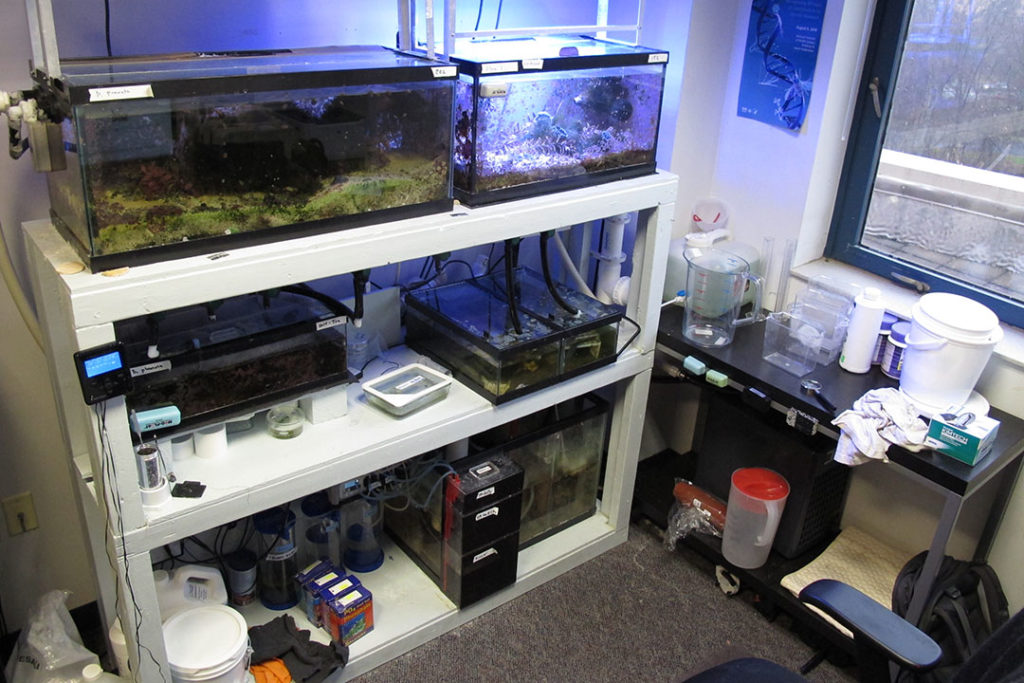
The top two tanks are a 20L for Bryopsis pennata, and a 15 regular for sea slug stock; the middle row has half-height 5's and 10's for Bryopsis plumosa, and the bottom has the sump, Apex controller, and a doser for NO3, PO4, HCO3, Ca, vinegar, and micronutrients.
The biggest breakthroughs have been:
1) figuring out the conditions for sustainably rearing enough Bryopsis to keep the slugs fed.
2) finding out that the babies will only eat B. plumosa, and not B. pennata. They look very similar, but plumosa is finer.
They start out very cute...
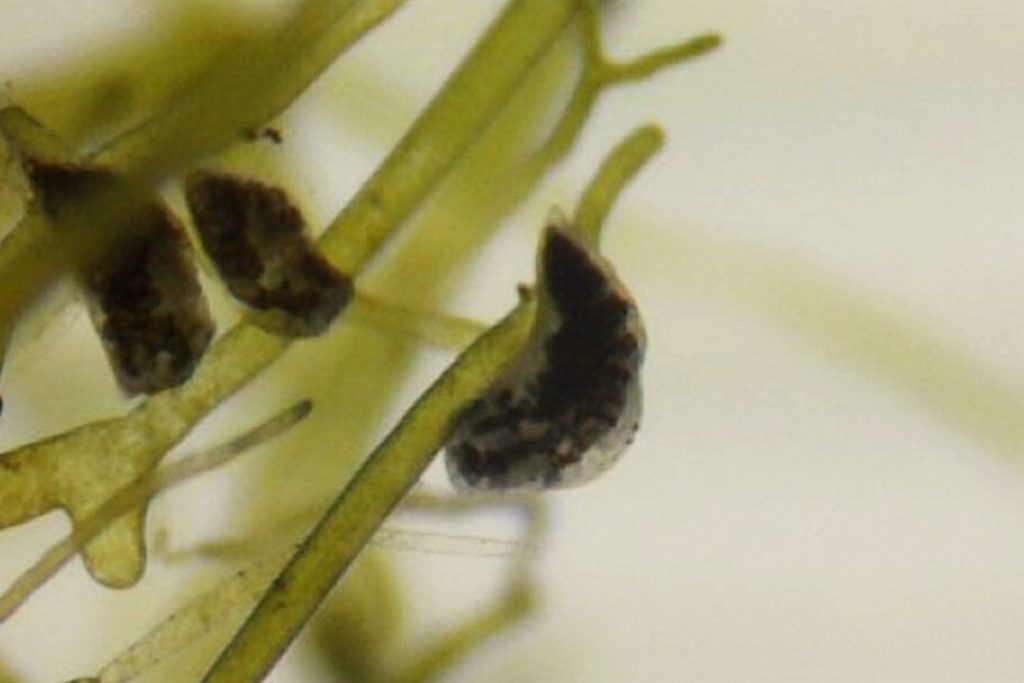
Soon they have rhinophores and parapodia...
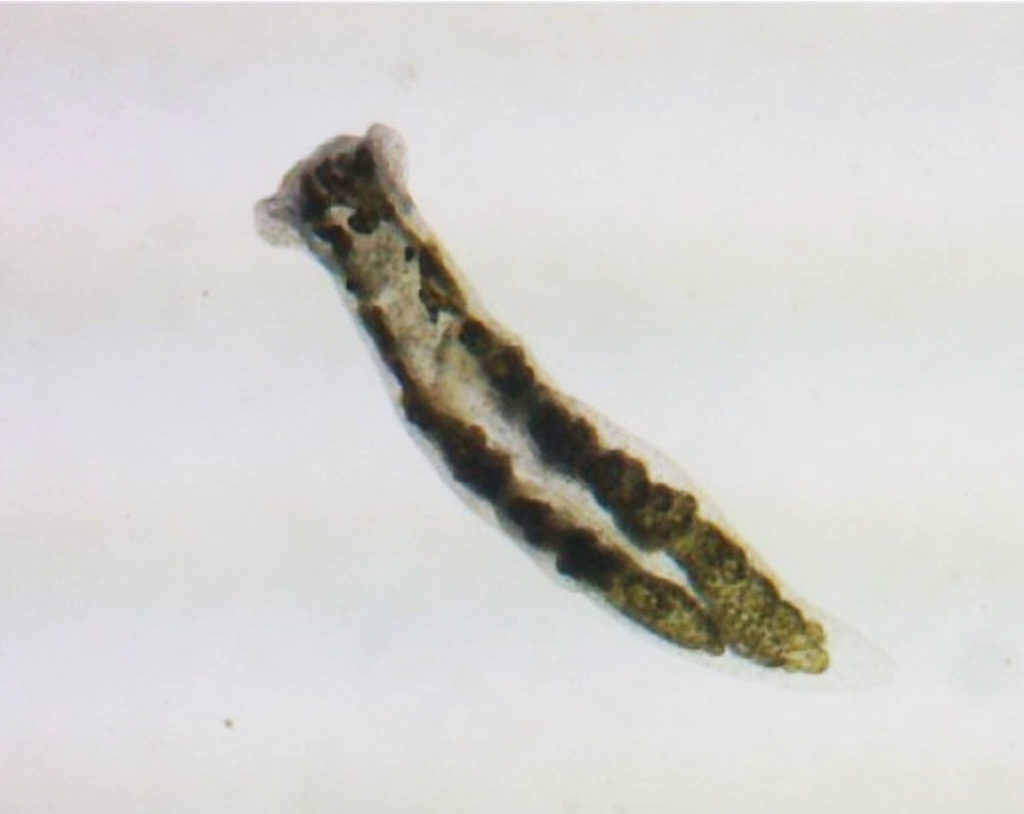
and before you know it, they are all grown up (the girl below is about 2 months old).
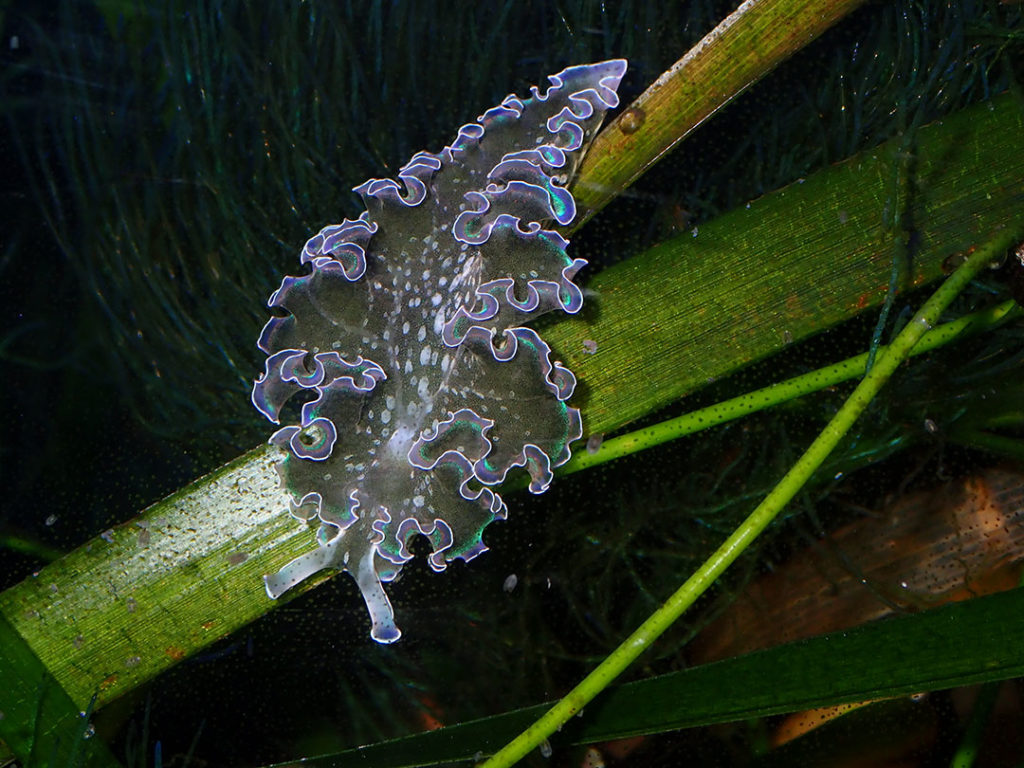
I am still fine-tuning the rearing procedures to be a little more predictable, but I am on the third generation. I just collected an egg mass from which I hope to rear the exact right number of little slugs for the students' experiments. They are susceptible to starvation and attack by protists during their first weeks of life, but at any other stage the eggs and baby slugs are essentially bulletproof.
It will be exciting to do some neuroanatomy. Big thanks to WAMAS, by the way, for providing funds for some of the reagents we have been using. I hope to be able to show off some of the results before summer.
-
Holy cow! I thought I was the only one.
I had an awful experience with these guys back in 2016. I needed two holding tanks and two I-mazes (think narrow acrylic troughs) for research in Mexico in 2016. Because the equipment needed to be shipped to San Diego, and then put into a van to get to the field station, I had a very firm drop dead date. I made this clear when I placed the order.
I placed the order on the last week of April. I also added a couple of 16" cubes to the order in mid-May, and they appeared willing to produce those as well (with the caveat that it was impossible to get more than a sentence out of them over email). As the deadline approached, my emails from the time show a series of requests for information from me, followed by silence or excuses from them. After they missed the final deadline for shipping on June 14, I sent a desperate message. I got a message back about how hard it is to make a tank that looks perfect, and that I should go to someone else if I needed it sooner. These tanks were going to a garage in Baja, why would I need perfection? What do these clowns think a deadline means?
In desperation, I contacted Glass Cages, who got the tanks done and shipped to San Diego in the nick of time, without a hiccup. It was great to work with actual professionals.
I never posted any feedback, because I did not want to seem like a whiner. Pure Reef seems to make beautiful sumps, but, to be as charitable as possible, they are not businessmen. I guess I was lucky that I only lost sleep worrying about whether I would be able to do my research, and that their lack of professionalism did not cost money as well.
-
Got pics?
Sent from my iPhone using Tapatalk
Will have to take some new ones. It's the tank in my signature, but has evolved a bit.
-
Mine is going there. I am tired of hacking back Anthelia, red mushrooms, brown palys, green cloves and gorgonians, so I am letting the tank become Darwinian. Some of the SPS can still shade out the competitors, and the BTA will always keep half the tank for itself, but I don't have the time or energy to weed anymore. It's still pretty, and the fish don't care.
-
Based on the field guide written by our speaker Ned DeLoach, it looks a lot more like Pseudoplexaura to me.
-
That's my gorgonian, which grows in profusion in the 90 reef. I have had it mixed with all sorts of Acropora over the years, and they have always been fine unless they physically touch. A small twig of it certainly is not going to cause issues.
-
Their blog says they now have new management and those responsible for the bad decisions in the past have been sacked.
Did they sack the møøse? It deserved it for biting my sister.
Anyway, I am glad if this is true. I have been hosting more recent photos on my own site, but had no interest in re-doing all the old posts. Looks like they are back up again. Who knows, maybe I'll post some photos of the tank that are less than 4 years old.
-
It took hours to get this picture. He is super shy and is really tiny.

Looks like a killie. Maybe a mummichog.
-
So after doing a little research it seems all natural vinager with 5% acid is the best. I did read though it lowers PH and can dull SPS and can have negative effect on anemones. Anyone want to chime in on how they started dosing vinager risk or outcomes of it. And what was methodology behind it and science. I know it’s a carbon source and it’s lower than vodka but just tell me what you ran with it (ex kalk paste and ro water).
Sent from my iPhone using Tapatalk
On the reef tank, I am dosing 45 ml per day. Any dosing pump will do. I am using a standalone dosing IceCap pump at the moment, and used a BRS pump controlled by my Aquacontroller before I dropped it in the sump. Any white vinegar is fine. I buy 5% vinegar by the gallon jug from Giant. The tank also has a Ca reactor. The fuge in the sump with chaeto and caulerpa, and in-line seagrass tank with Bryopsis, turtle grass and manatee grass generate a high demand for dissolved carbon. The pH dips a little when the vinegar goes in, but goes right back up. Neither the SPS nor the anemone, which now owns half the 90-gallon tank, are affected in any way.
I am also dosing 50 ml/day in the macroalgae culture system, using one channel of a Bubble Magus doser. I probably should add more, but the system is stable at the moment, and I don't feel like messing with it.
As far as the science, I needed a carbon source, because the growth of benthic macroalgae is limited more by carbon than by nitrogen or phosphorous (Atkinson and Smith, 1982, "C:N:P Ratios of Benthic Marine Plants" Limnol. Oceanogr. 28:568). In a reef system, the food and poo provide a lot of N and P, but less C. To encourage plant growth, adding vinegar, which is metabolized to CO2 by bacteria, gives the macros an edge.
-
It makes one less thing to worry about every day.
For the price of a biopellet reactor, pellets and pump, you can get a dosing pump and dose vinegar straight out of the jug. It's not just cheaper, but you can control the amount you put into the tank. With pellets, you are dependent on their rate of dissolving to set the dose of carbon. With vinegar, you can dial it up or down, depending on the demand. I have found that to be very useful when adjusting C, N, and P ratios for growing macroalgae. As far as hassle, I find keeping an eye on a reactor (keeping it fluidizing and not gummed up) more trouble than a dosing pump.
There are plenty of people who prefer pellets. This is just my experience.
-
Awesome pics. I will definetley buy the tg-5. Do you know anything about using other lenses with it?
Thanks!
I have not used other lenses with it, sorry.
-
I got the TG-4 last year, and have been very happy with it. Very small and light, and, as the name says, tough. Great for underwater and for macro photography. Official max depth is 50 feet, but I took it to 65 on a few dives (could not use the housing on that trip).
I just love being able to stick it in a pocket, and have it ready for anything, wet or dry.
A few examples.
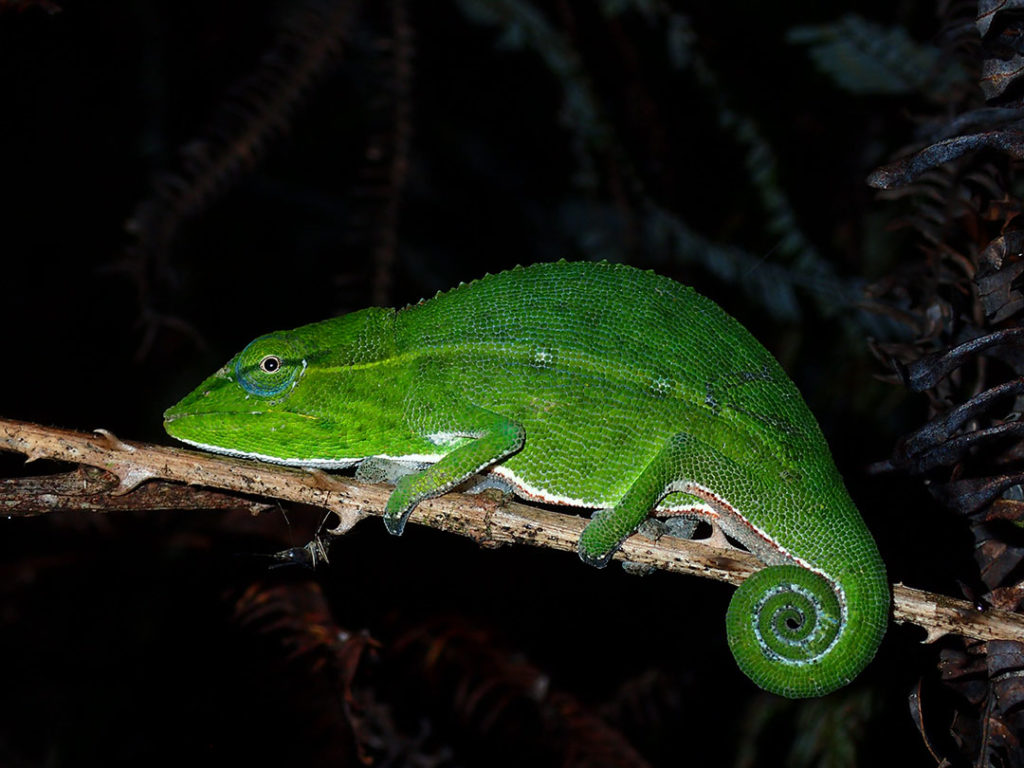
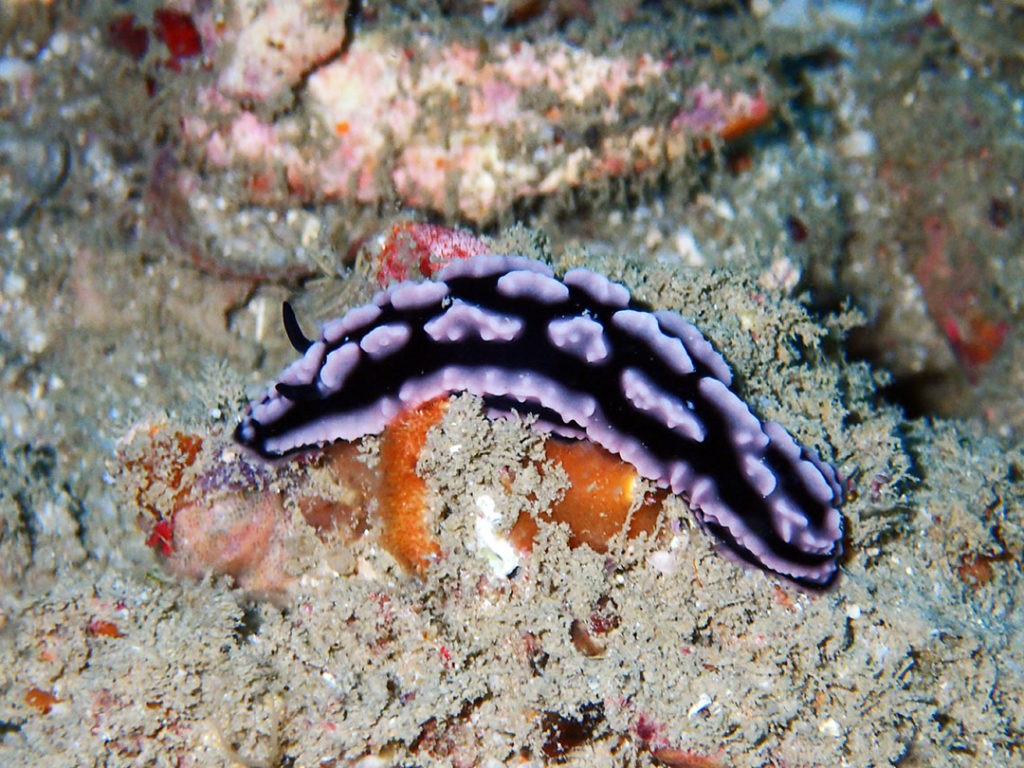
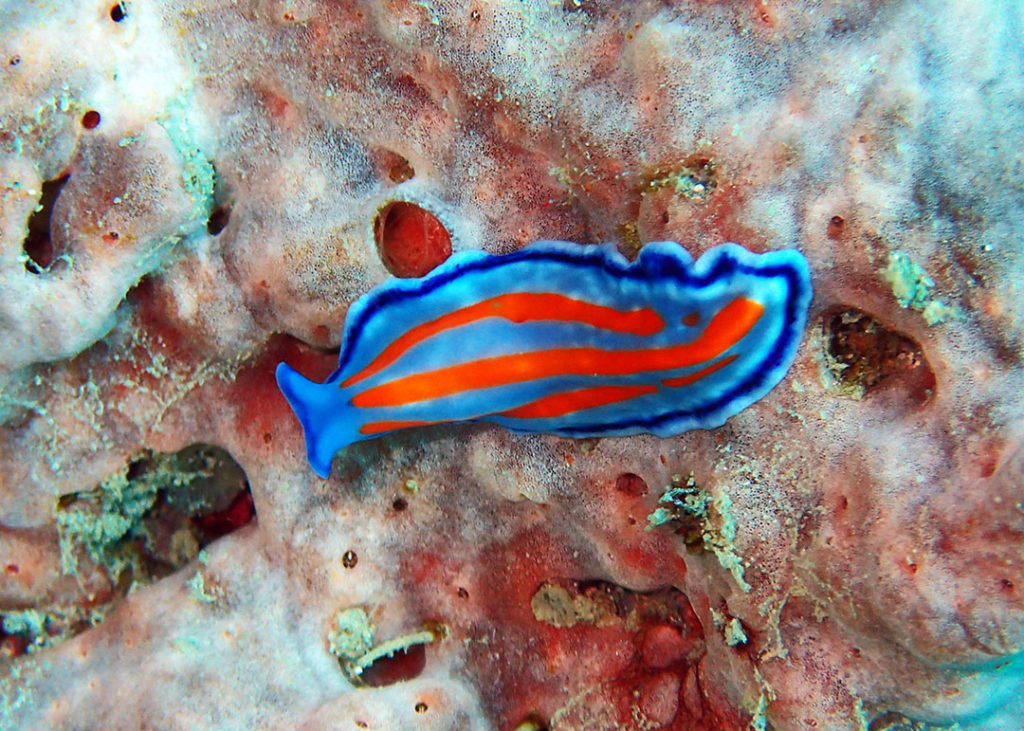
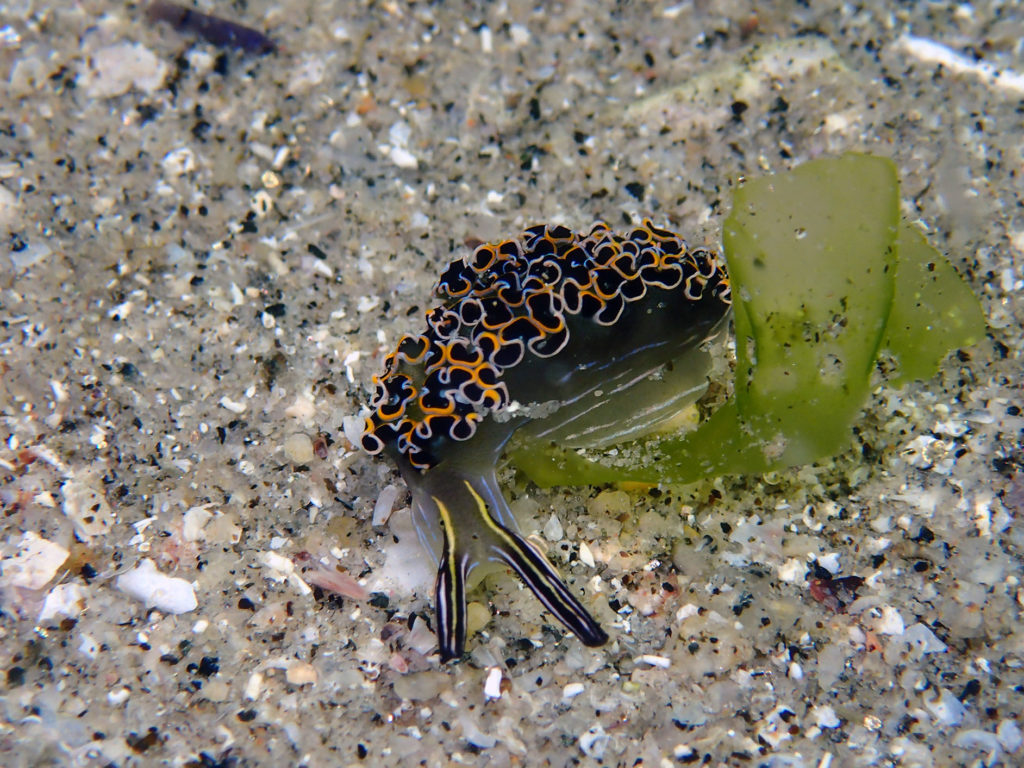

-
ironic that my clowns dont go near my rbta
Years ago, I added a GBTA to a tank with a pair of ocellaris clowns. They totally ignored it, and continued to hang out in my toadtstool leather (see avatar), Anthelia, and some zoanthids. After a few years, the female died, and I got a new little juvenile (one of Doug Arthur's babies, named "Doug"). Doug immediately dove into the anemone, the (now) female followed. Nine years later, they haven't left.
-
slugs take forever.
Fluconazole works quickly and efficiently.
Actually, they can be quite fast, especially if you have enough. I am currently going through a few pounds a week to keep them going. There are other options, but maybe you can present them without incorrectly contradicting other people.
-
Definitely Bryopsis. I have over a hundred young Elysia slugs that need homes and can give you some to eat your algae. The only issues would be that you will need to keep them from being sucked into pumps until they have finished the job.
-
Your description sounds a lot like Bryopsis. It may or may not have the feathery appearance, which seems to depend on things like current and lighting. The stuff in my cultures, both B. pennata and B. plumosa, only has the branches under certain circumstances. If you are interested, I have a huge surplus of baby slugs, which will eat Bryopsis until it is gone. Other herbivores tend not to touch it. Where are you located?
-
Q1. Are you kidding? Twenty bucks? I have read some recent posts by people who buy expensive livestock but won't put a crowbar in their wallets to pay for a membership. I don't get it.
Q2. There are so many good deals and freebies from members already, I don't think there would be much of an impact.
Q3. I think it would be great to bring back tank tours and Reefkeeping 101 meetings at members' houses. That gives new members a chance to see the successes and failures of more experienced members.
-
Yep, there is no restriction on water for animals.I wish I had known that when I brought the Bryopsis from Tampa. Felt like I was smuggling coke.
Great story, and very useful info for anyone thinking about carrying livestock. Best of luck in MS, Sam.
-
11 years definitely seems like a long time, but who knows? Pretty cool to have had it that long.
Yep. I'll be heartbroken when the 14 year-old turbo goes.
I just read an article that says this species has a life expectancy of only 4 years. The article is mainly focused on red Sea urchins which it says can live for 100 years, and mentions purple urchins, which it says can live for 50 years. I wonder if yours lived so long was due to the lack of predators in captivity.
Any idea how they figured out the lifespans? That's pretty cool. I expect you're right about the predation. Even with the spines, a hogfish could make short work of one of these. This urchin had no fear of that, and plenty of algae to graze.
-
Ever wonder how long urchins live? I just lost my variegated urchin (Lytechinus variegatus) after 11 years. Started out as a pea-sized hitchiker with TBS live rock when I set up a tank in 2007. I wish I had a photo of it then.
After it picked up and moved the ATO float switch in the sump/frag tank for the 65 gallon reef upstairs, causing a small flood, it got evicted to the 90-gallon mixed reef downstairs.
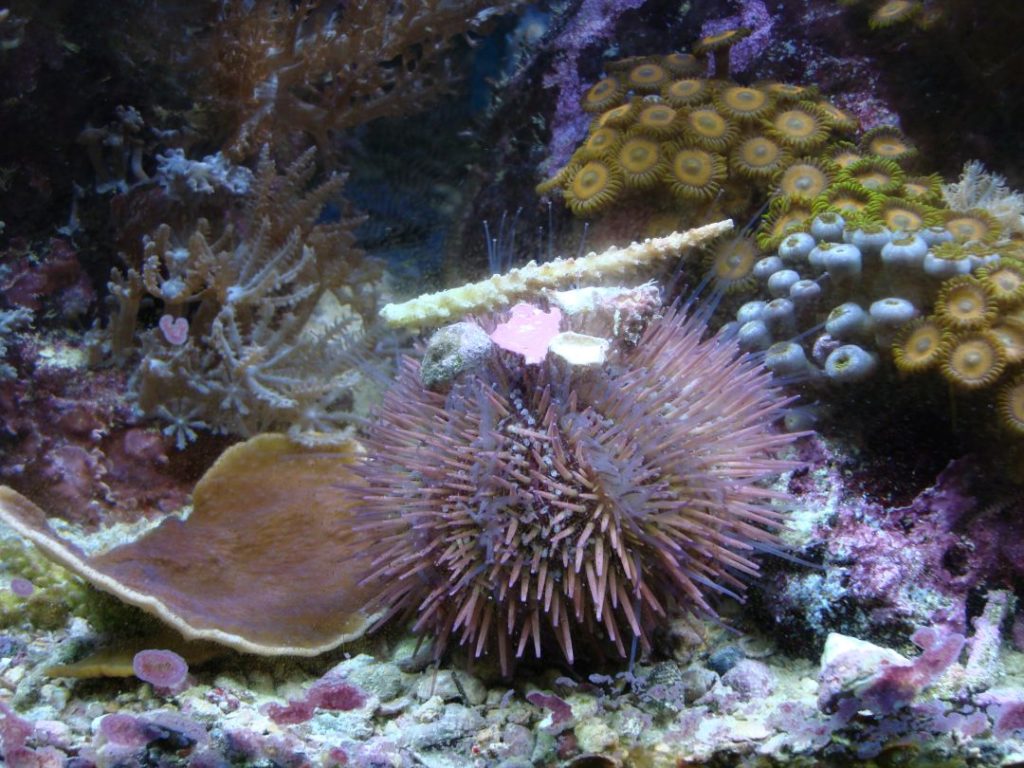
My wife loved it, because it was always wearing some kind of headgear. In this photo, it is just some rubble, but anything that wasn't securely glued could be carried and deposited in some random place.
In the past week, the spines were getting sparse, and I expected the end to be near.
Here it is this morning. Dead, but still pretty.
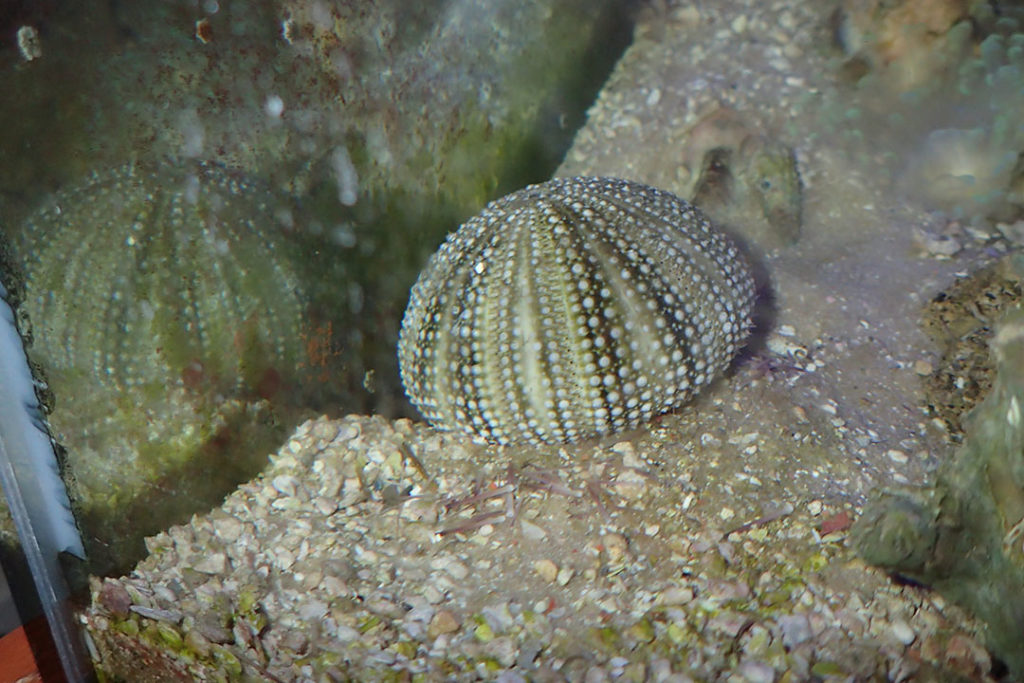
You can see some of the spines nearby.
It's sad, but I figure that 11 years is a pretty long life for an urchin. Or maybe it's not.
-
I am so jealous of both of those fish! What a great tank!
-
Guessing that it's a species of Dermatobranchus. Hard to say from the photo, and not knowing where it came from.
-
Almost looks like an Armina. Will hunt a little more tomorrow. A shot from the face would be helpful.
-
Welcome! Live in Silver spring, work in Rockville. Happy to see another reefer in the area.




Divers Den
in General Discussion
Nonsense. They can simply not sell them. By my count, Arking Mark has killed 5 so far in his "studies," with only one survivor so far, and he is more conscientious and experienced than most. I expect the pair will end up dying in the hands of another "expert" who doesn't understand his or her own limitations.
Given the hundreds of species of all shapes, sizes and colors, I am at a loss as to why a retailer can, in good conscience, sell fish that are almost certainly going to die. The reefs face huge challenges, and I honestly don't know how big an impact this kind of activity has, but I do know that it makes the hobby look bad.